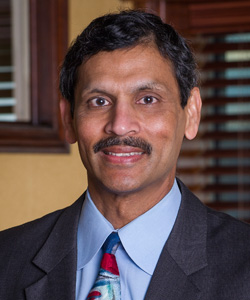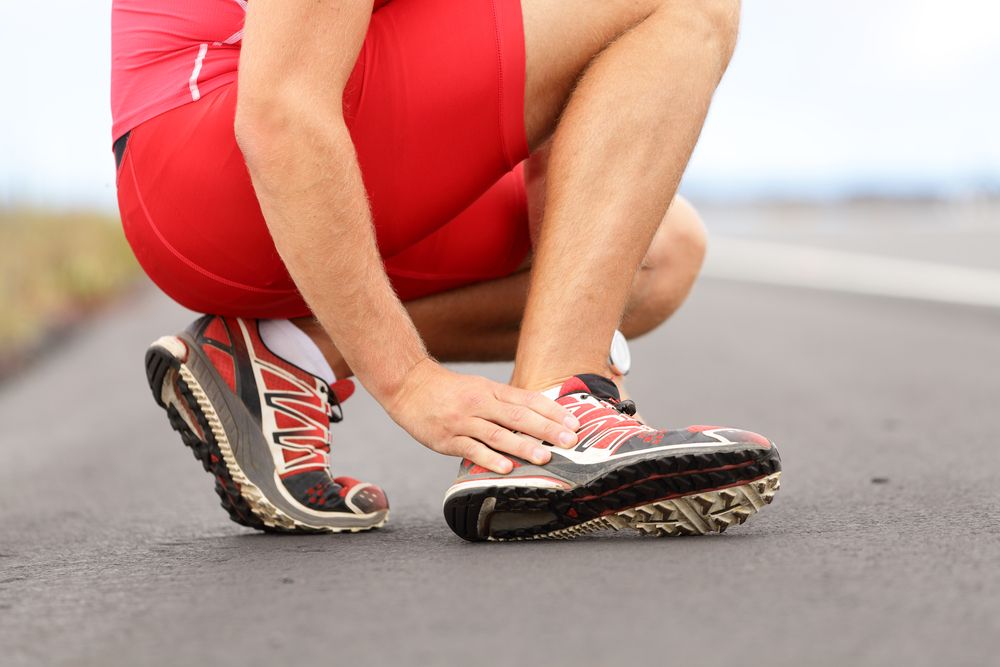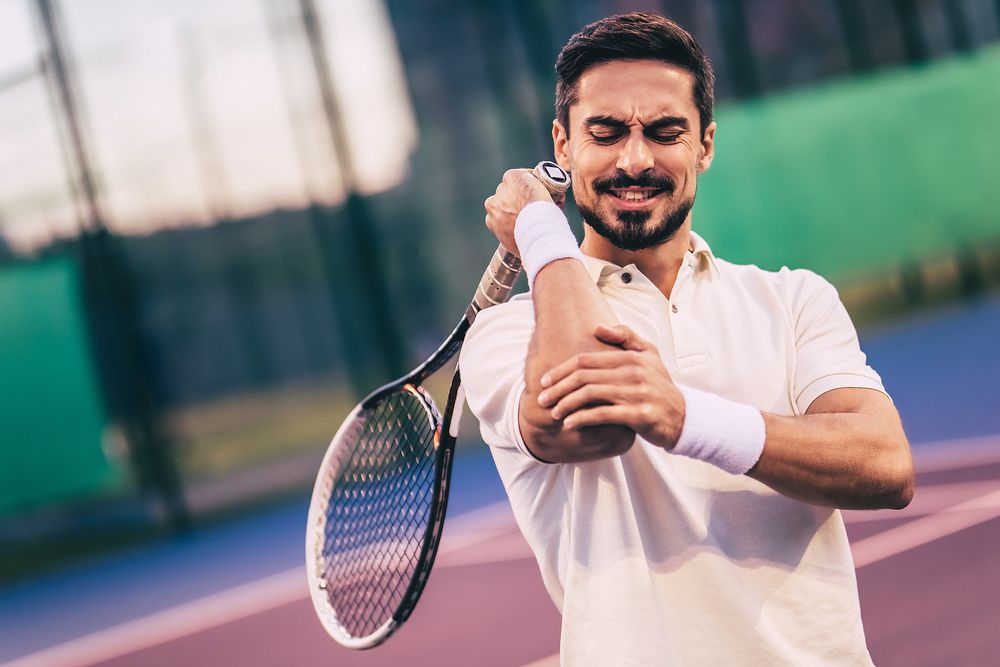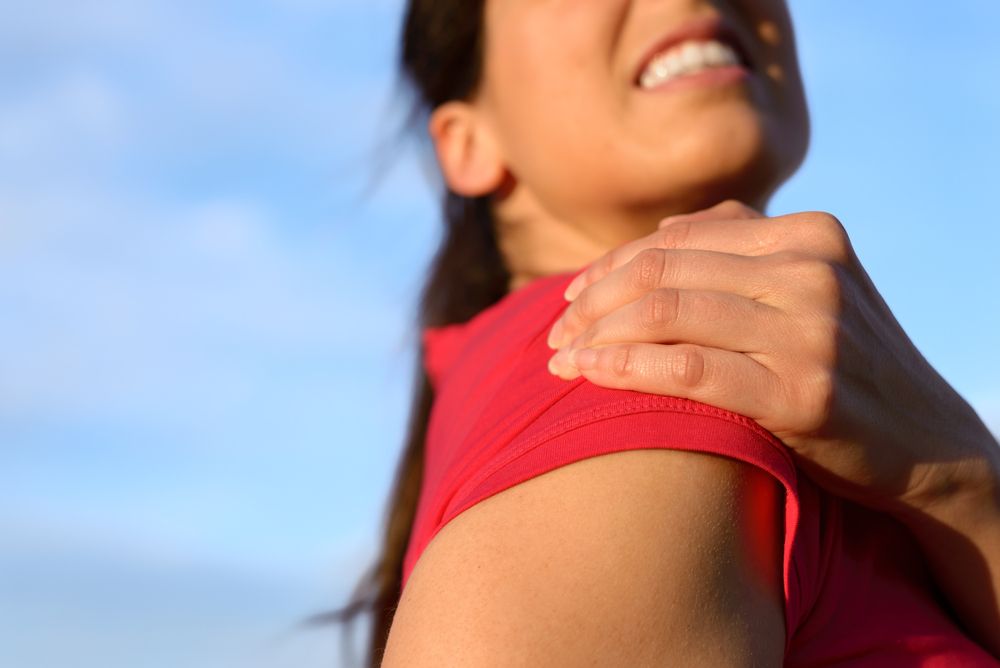Your child’s health is more important than anything else. For expert orthopaedic care for your little one, turn to MidAmerica’s Pediatric Clinic at our Palos Hills and Mokena locations. We focus on orthopaedic conditions of children and young adults ages 0-18 and have the most experience in Chicagoland with arthroscopic hip preservation procedures as well as sports medicine, trauma, scoliosis and general orthopaedics.
At MidAmerica, we aim to provide the highest-quality care based on experience and continuing education. Our pediatric specialists work closely with families to develop the best treatment plan possible. They will explain all available treatment options, discuss the benefits and risks of each, and provide an expert opinion on the best course of action.

Dr. Prasad Gourineni, MidAmerica’s Pediatric Orthopaedic Specialist, has extensive experience in open and arthroscopic hip preservation procedures as well as general pediatric orthopaedics. He completed his fellowship in Pediatric Orthopaedics & Scoliosis at the Texas Scottish Rite Hospital, is board-certified by the American Board of Orthopaedic Surgery and is the founder of the Hip Preservation Society. He enjoys working alongside families and uses the most up-to-date technology and equipment to treat his patients.

Dr. Chris Chapman, MidAmerica’s Pediatric Orthopaedic & Sports Medicine Specialist, works directly with sports-related injuries such as sprains, strains and simple fractures. He emphasizes healthy alternatives to surgery such as therapy and rehabilitation. He is board certified in pediatrics, completed his pediatric residency at Hope Children’s Hospital in Oak Lawn, and holds a teaching position at Advocate Christ Children’s Hospital where he educates pediatric and family practice residents. Dr. Chapman enjoys working with a young population and aims to return his patients to their active lifestyles.
Pediatric Orthopaedic Conditions Treatable at MidAmerica’s Pediatric Clinic

Sprains & Strains - common injuries among young athletes that share similar symptoms but involve different parts of the body. A sprain is a stretching or tearing of ligaments, whereas a strain is a stretching or tearing of muscle. These most often occur in athletes whose sports require repetitive motions, such as running or throwing, and can be caused due to a lack of flexibility. Treatment for both strains and sprains includes rest, ice, compression and elevation. These kind of injuries typically resolve on their own, over time.
Concussion - an injury to the brain usually as a result of a significant blow to the head and most commonly occuring during contact sports such as football, boxing, hockey and/or soccer. Symptoms include headache, nausea, disorientation, loss of balance, dizziness and difficulty focusing. Concussions may also involve a lack of consciousness and symptoms may appear slowly over a matter of days or weeks. Most patients return to normal within a few weeks after a concussion occurs, but multiple concussions may cause permanent damage.
Scoliosis - a condition that causes the spine to curve sideways. While there are several varieties of scoliosis that affect children and adolescents, the most common type is “idiopathic,” which means the cause is unknown. Scoliosis usually develops between age 10 and the time the child is fully grown. This condition is rarely painful and may only be noticed during a school screening or after a check-up with a pediatric specialist at MidAmerica. Many cases of scoliosis do not require treatment, while severe cases may require the child to wear a brace or have surgery to restore normal posture.

Clubfoot - a rare deformity of the foot present at birth, affecting one or both feet. A child with clubfoot has an abnormally positioned foot, causing the ankle to turn inward. While this condition is rarely painful during infancy, if left untreated, the child will be unable to walk properly, wear normal shoes, or participate in sports. Currently the Ponseti Method is the most widely applied non-surgical treatment, although surgical correction of clubfoot is also an option.
Hip Dysplasia - a condition in which an infant’s hip joint did not form properly. Specifically, the “ball joint” component of the hip does not fit properly into the socket component. This can lead to problems walking or lead to multiple hip dislocations. This condition is more common in young girls and may run in families. Treatment for this condition depends on age and severity, and may require the patient to wear a special harness that allows the hip joint to re-form properly. In more severe cases, surgery may be required.

Cerebral Palsy - a term used to describe a group of chronic conditions affecting body movement, posture, and muscle coordination, ranging from severe to hardly detectable. This condition is usually caused by brain damage that happens prior to a child’s birth, or during the first 3-5 years of their life. Motor impairment can be accompanied by a seizure disorder and problems with sensation, cognition and respiratory function. While there is no cure for cerebral palsy, a combination of physical therapy, medication, and surgery may help a child reach their full developmental potential.
Legg-Calve-Perthes Disease - a childhood condition affecting the hip in which the blood supply to the femoral head (ball joint) of the hip is temporarily interrupted. A lack of sufficient blood flow causes the bone to begin to die, which makes it more prone to breakage and less likely to heal properly. A variety of non-surgical options are available for treating this condition, such as crutches, leg casts and/or physical therapy. Surgery is an option in severe cases, and is aimed at improving the shape of the hip joint to prevent the development of arthritis later in life.
Procedures at MidAmerica’s Pediatric Clinic
The fellowship-trained Pediatric Orthopaedic Specialists in our MidAmerica Pediatric Clinic use current nonoperative and operative techniques to treat patients. Many pediatric orthopaedic conditions are treatable through nonsurgical methods while more severe conditions may require surgery. Listed below are surgeries and nonoperative techniques used to treat a variety of pediatric conditions at our Palos Hills and Mokena locations.
Clubfoot Casting without Tenotomy - Nonoperative treatment of clubfoot in children is usually successful, with the Ponseti Method being the most popular approach. The Ponseti Method refers to gentle manipulations of the affected foot through various castings lasting approximately 6-8 weeks. While widely successful, achilles tenotomy, or the surgical cutting of the achilles tendon, is required in approximately 90% of patients.
Dr. Gourineni has developed a correctional method for clubfoot that does not require achilles tenotomy and allows for fewer cast changes. First, the forefoot is corrected with a soft fiberglass cast, then is replaced with a long-leg, soft fiberglass cast to account for 50 degrees of abduction and 10-20 degrees of ankle dorsiflexion, or moving the toes so they are closer to the knee. Finally, the child maintains correction with a Denis-Brown bar over the course of several months.
Hip Arthroscopy - a surgical procedure that allows doctors to view the hip joint without making a large incision through the skin or other soft tissue. This technique is used to treat a wide variety of hip conditions, including fractures. During the procedure, the surgeon inserts a small camera into the hip joint, which displays pictures on a video monitor. The surgeon uses these images to guide small surgical instruments in treating the condition. This results in less pain and shorter recovery times for patients.
Hip Osteotomy - refers to a surgical procedure in which the hip bone is divided and shifted for better alignment. This is a common procedure for young adults in treating hip dysplasia, legg-calve perthes disease, and cerebral palsy. Patients are usually hospitalized for 3-5 days after surgery, are walking with crutches 6-8 weeks after surgery, and are completely healed 3-6 months after surgery. This procedure has been known to completely cure hip dysplasia.
Why MidAmerica?
The pediatric specialists at MidAmerica are recognized experts in the field, but don’t take our word for it.
At MidAmerica, we aim to provide the highest quality care marked by courtesy, respect and integrity. To make an appointment at the Pediatric Clinic, or to learn more about MidAmerica’s Palos Hills and Mokena clinics and the different treatment options available to you, call (708) 237-7200. Most insurance plans are accepted.




